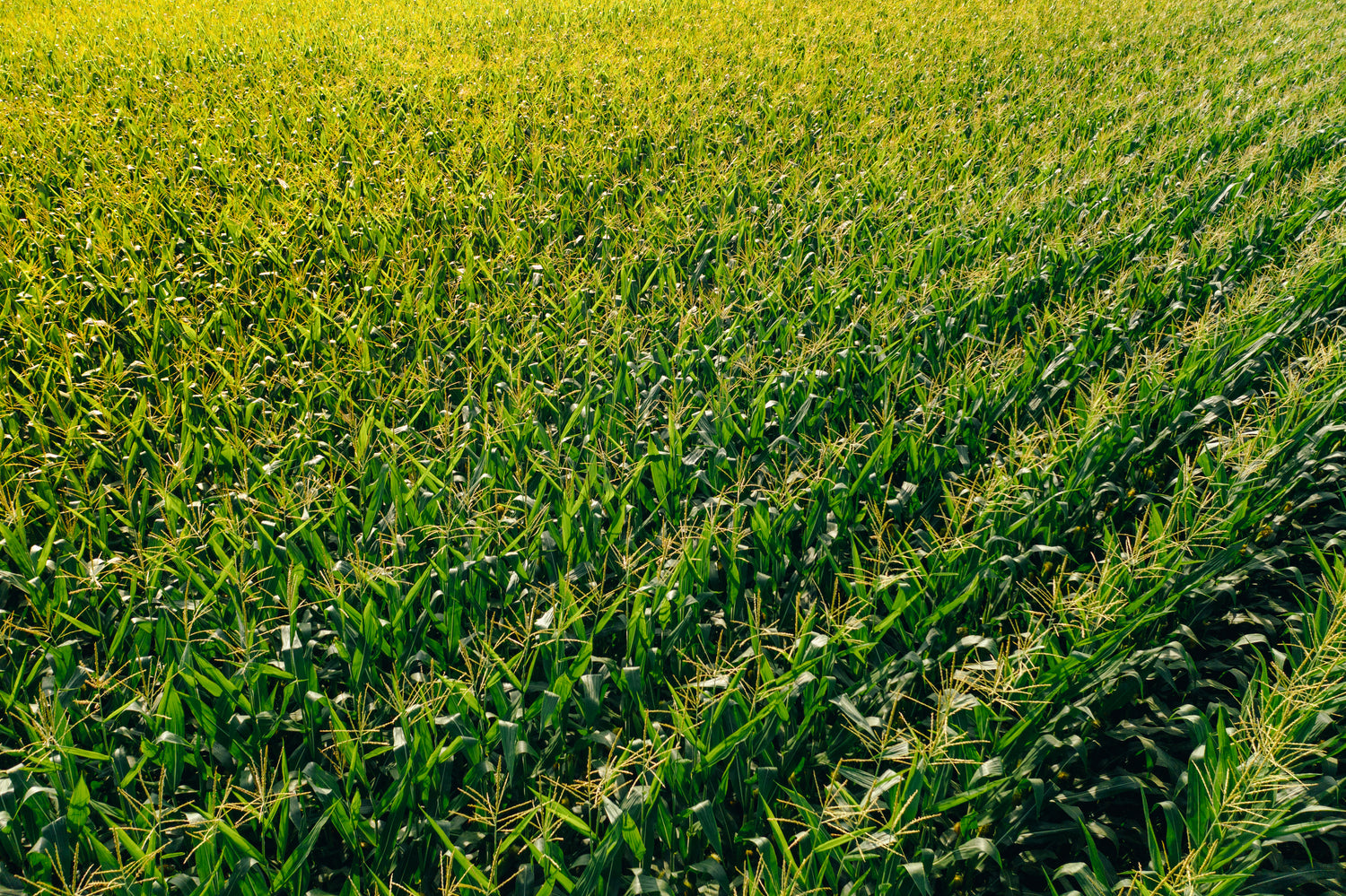The Principle of Harmony - Master Liu grows them with tradition in mind
Ancient Chinese tea growers emphasized harmony with nature when cultivating oolong tea. This approach was rooted in the belief that the natural environment played a vital role in shaping the flavor and quality of the tea. Here are some ways in which they cultivated oolong tea in harmony with nature
Yu Shan Mountain: The ideal location
Ancient Chinese tea growers carefully chose the locations for planting tea bushes.
They sought areas with clean air, pristine water sources, and healthy ecosystems. These considerations were believed to contribute to the tea's purity and flavor.

Organic farming practices
While the concept of organic farming as we know it today did not exist, ancient Chinese growers used natural methods to fertilize and protect their tea plants. This included using compost and other organic materials, as well as herbal remedies to combat pests and diseases.

Harvesting in Harmony with Seasons
Ancient Chinese growers followed the natural rhythm of the seasons when harvesting tea leaves. Spring and autumn were preferred times for plucking, as the conditions during these periods were believed to be conducive to high-quality tea.

Sustainable Cultivation
To ensure the long-term sustainability of tea cultivation, growers practiced crop rotation and allowed fields to lie fallow. This helped maintain soil fertility and prevent overexploitation of the land.
Tea plants that lasted for ages to come
While specific practices may have varied among different regions and cultures within ancient China, the overarching principle was to cultivate oolong tea in a way that respected and worked in concert with the natural world. striving to maintain a harmonious relationship with nature in their farming practices.
-

Ecosystem Preservation
Cultivators took steps to preserve the natural ecosystem surrounding their tea gardens. They believed that the biodiversity of the area, including the presence of other plants, insects, and animals, could enhance the overall health of the tea bushes.
-

Observation and Adaptation
Tea growers were keen observers of nature. They paid attention to weather patterns, soil conditions, and the behavior of wildlife and insects. This knowledge was used to adapt their cultivation practices accordingly.










